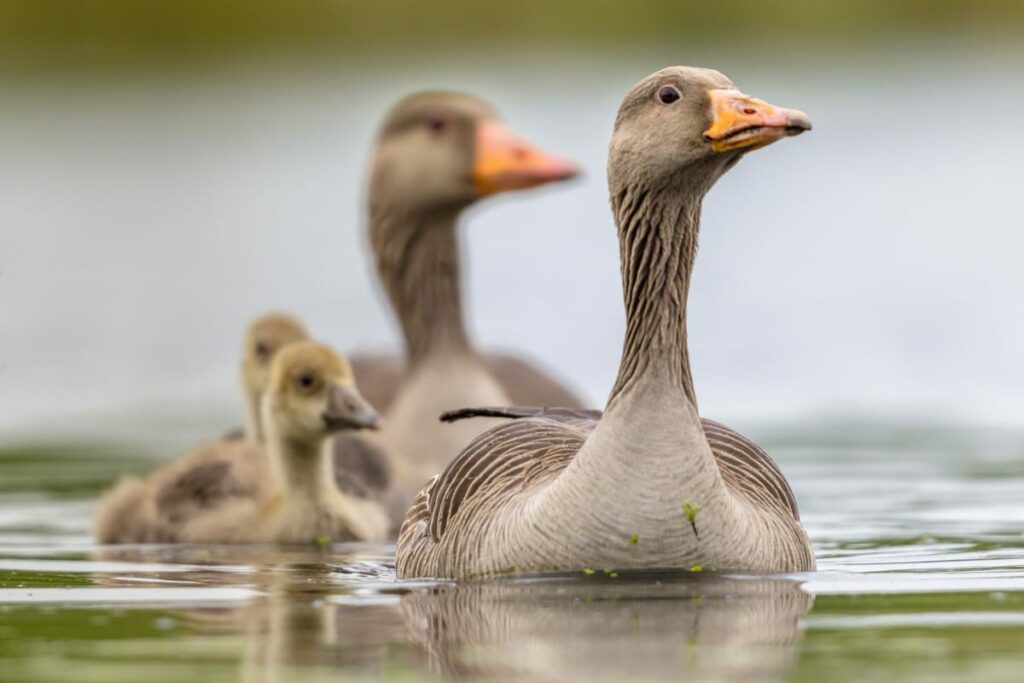Some people have begun delaying having children because of climate change. While the world’s population will grow from 7.6 billion people in 2017 to almost 10 billion people by 2050, the increase in population will add additional strain to scarce resources and emissions. Because of this, some people have chosen not to have children at all.
Millennials’ reluctance to have kids
Millennials’ reluctance towards childbearing has long been attributed to various socioeconomic factors. These factors include low job security, rising housing costs, and lengthy education. Moreover, climate change is already affecting the defining markers of adulthood, such as child-rearing.
Moreover, the recent Pew Research Center report on the aging baby boom has confirmed that almost one-quarter of non-parents under 50 said they were not likely to have children. Fourteen percent of the young people who did not have children said they did not want to have any children.
Cost of raising children
The cost of raising a child is higher in urban areas than in rural areas. Housing expenses make up the most increased child-rearing cost, with households in the Northeast and West spending more per child than the Midwest or South. However, rural families’ costs are lower than urban families because they pay less for child care and housing. In addition, the price of educating a child is lower in rural areas.
The USDA’s recent report on the cost of raising children, titled “Expenditures on Children by Family,” shows that the average American family will spend $12,980 annually per child. That’s $233,610 to raise two children, not counting college education costs. The figure doesn’t consider projected inflation, which will add another $700 or more to the cost of raising a child. These numbers do not consider the enormous increase in inflation in early 2022.

Environmental impact of childbearing
A new report reveals that the environmental impact of childbearing due to climate change is about seven times greater than any other mitigant. Moreover, having a child is associated with an increased risk of extreme weather events, leading to crop failure in some parts of the world. Childbearing can also affect reproductive goals and behaviors and intentional decisions regarding family size, and climate change can also change conception and childbearing practices.
A recent review in the Journal of the American Medical Association (JAMA) focuses on the effects of climate change on health and well-being. The authors reviewed 57 studies that examined the link between air pollution and childbearing outcomes in the U.S. and found a significant correlation. In addition, they noted that socioeconomic and racial disparities could compound these risks.

Impact of climate change on fertility rates
A recent study has examined the impact of climate change on fertility rates. Compared to the same period, fertility rates have fallen over several decades. However, the rate of decrease in fertility has slowed down in recent years, mainly because of political interference and cuts to family planning assistance. Even though fertility rates have dropped significantly over the past decade, population levels are expected to rise for a long time, especially as billions of young people are still maturing.














